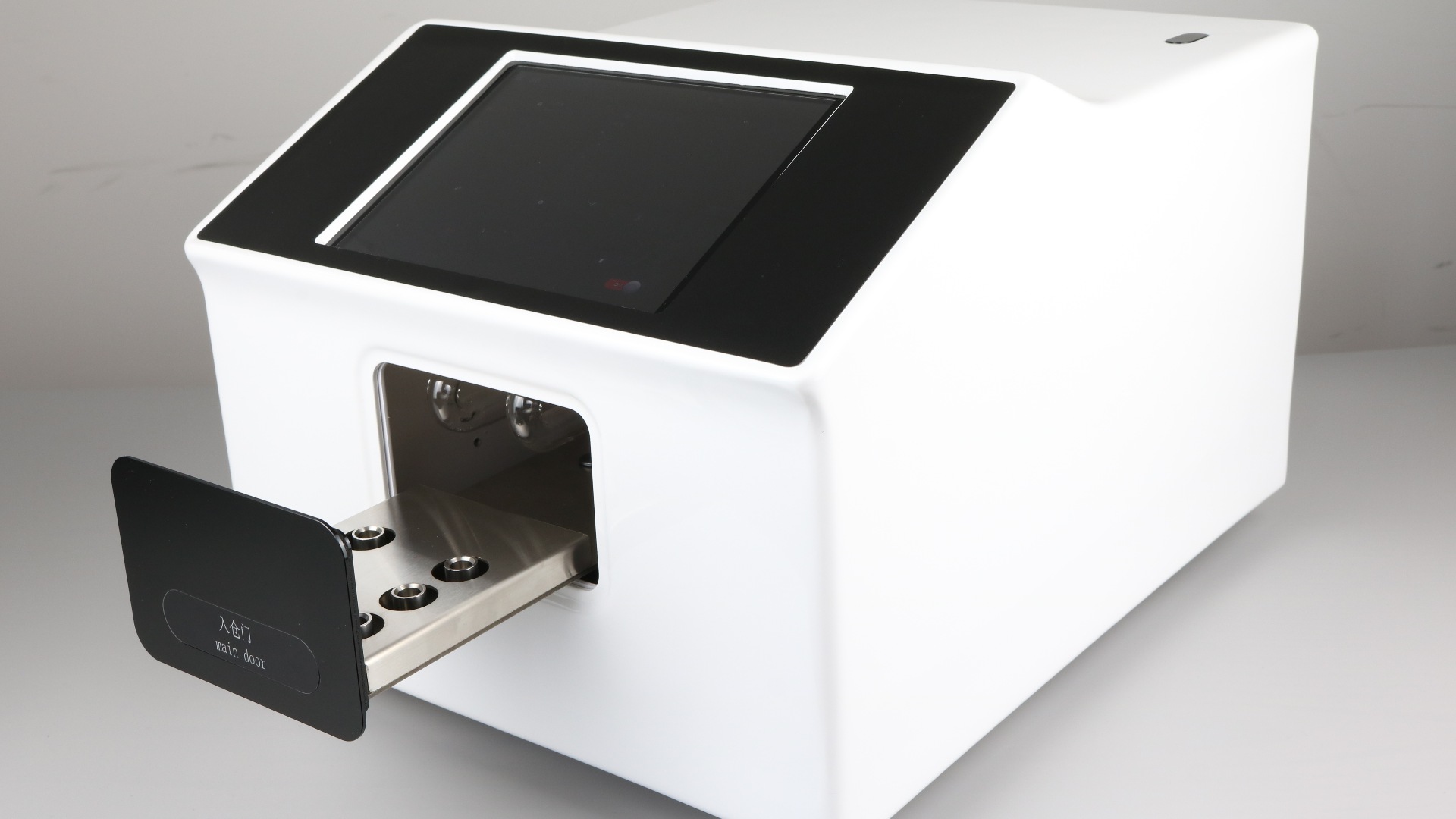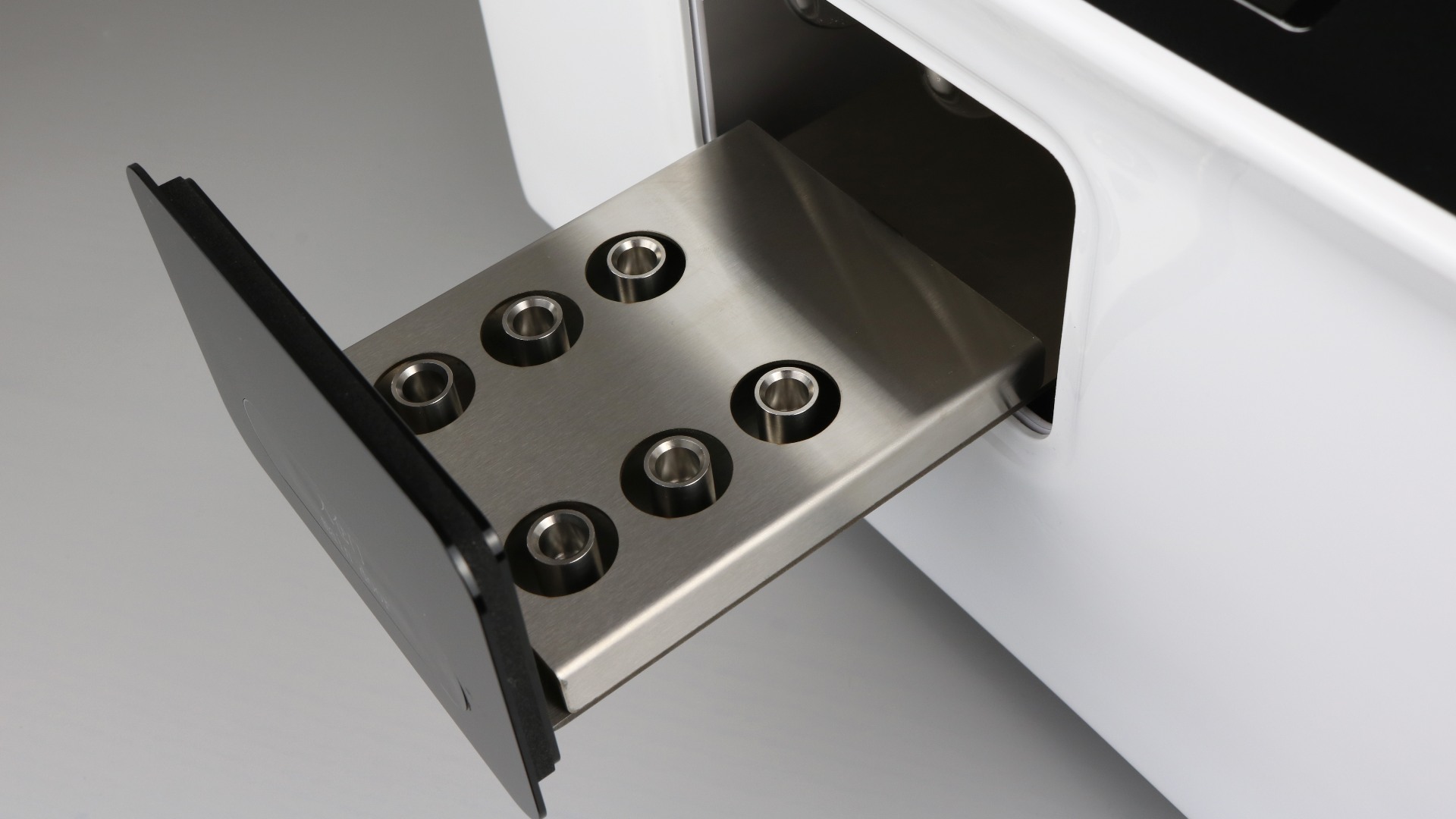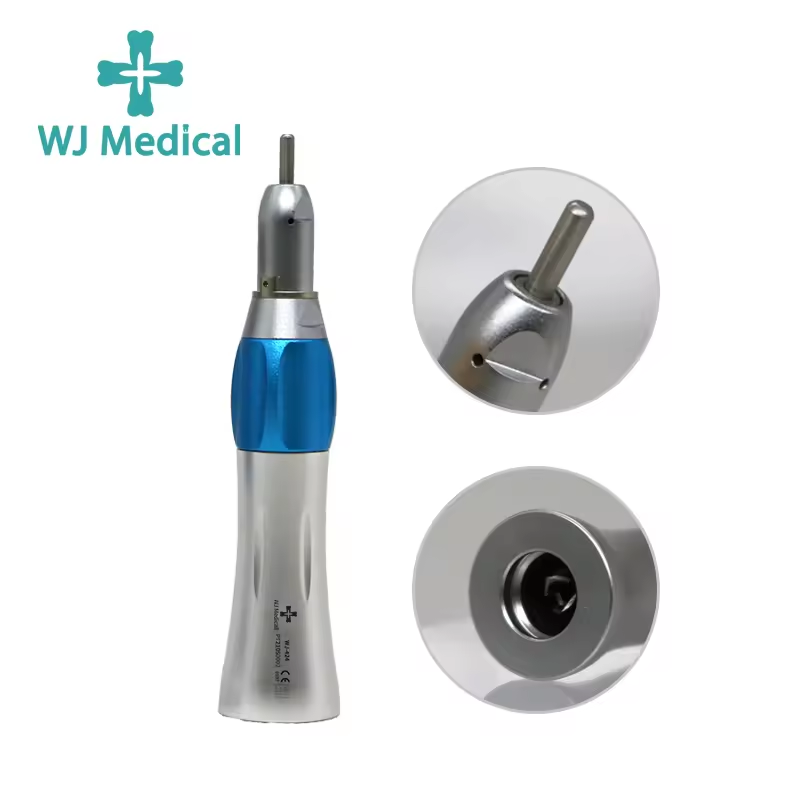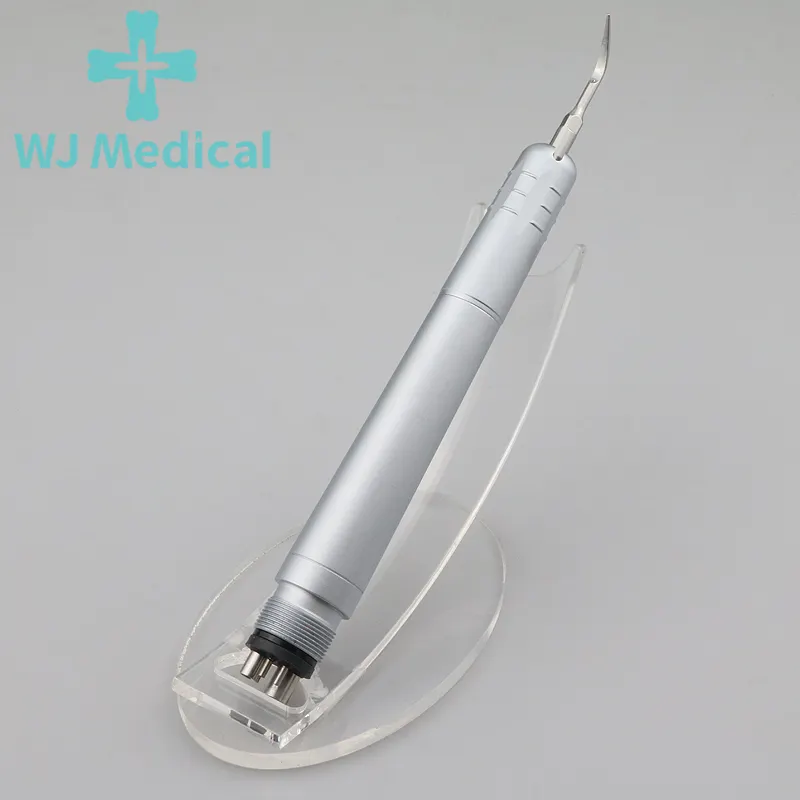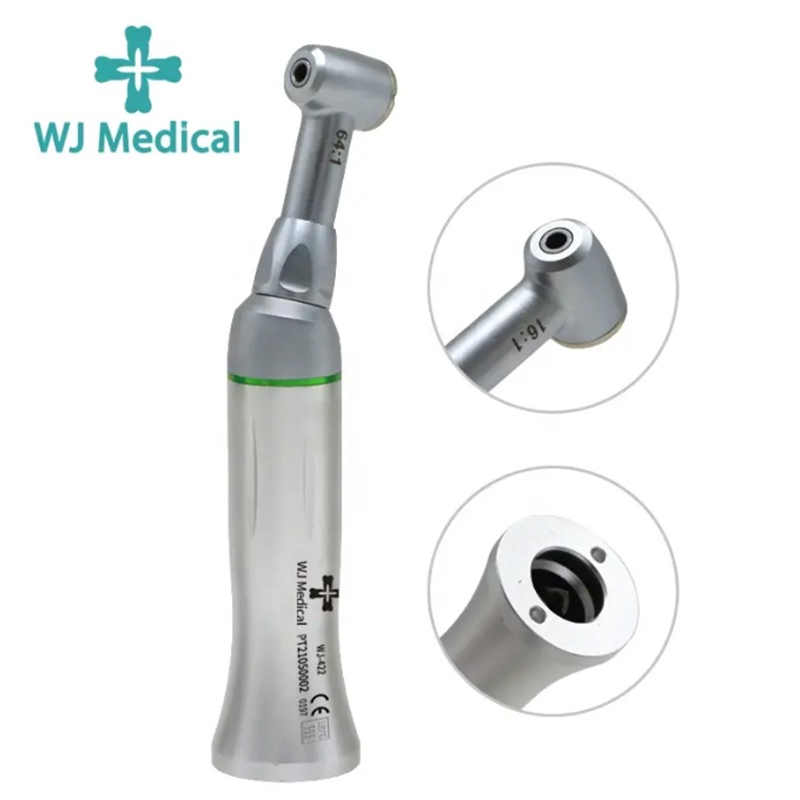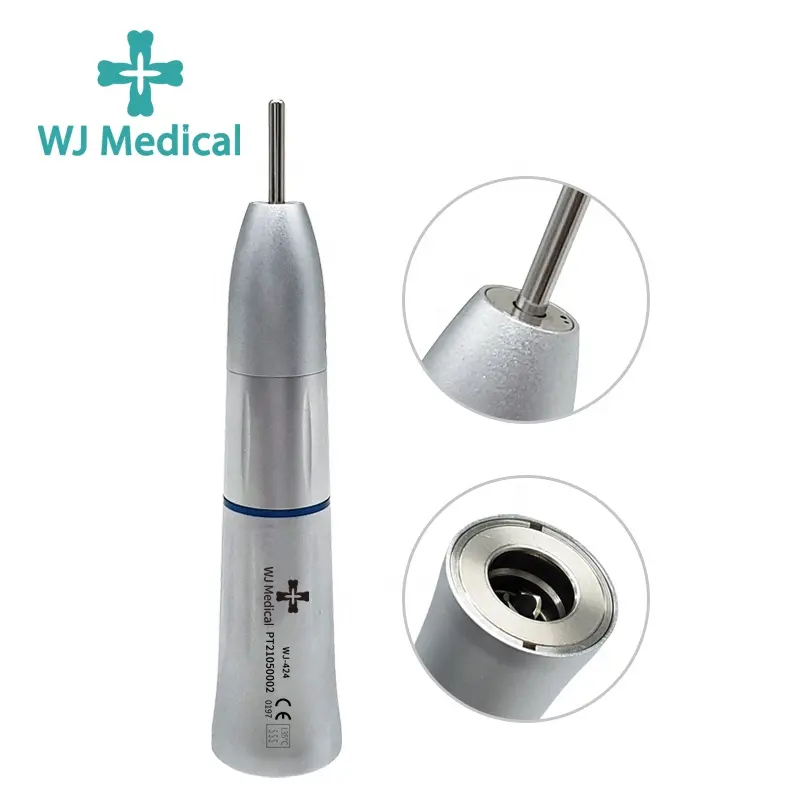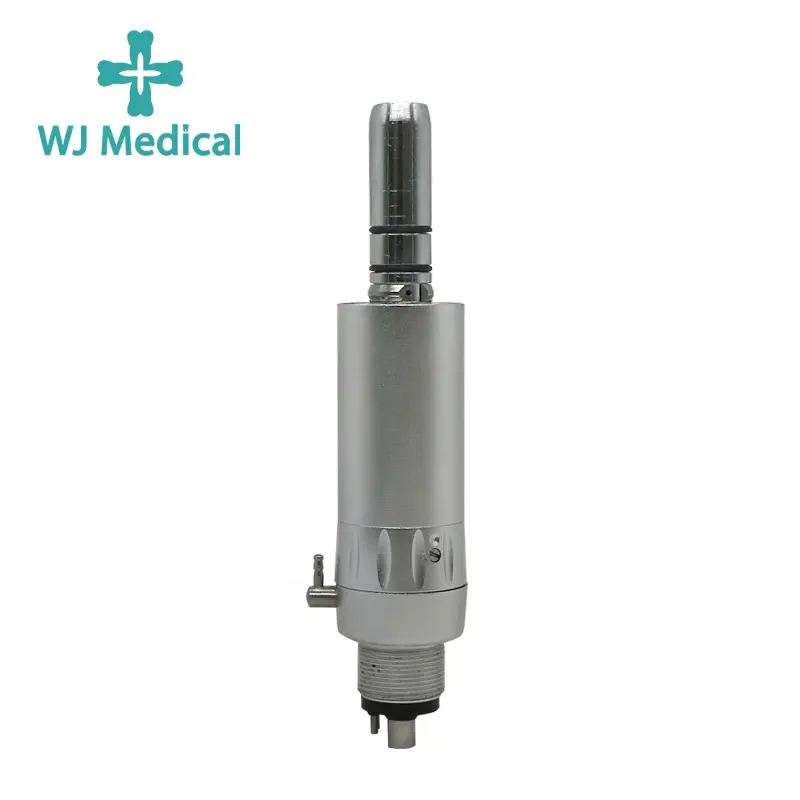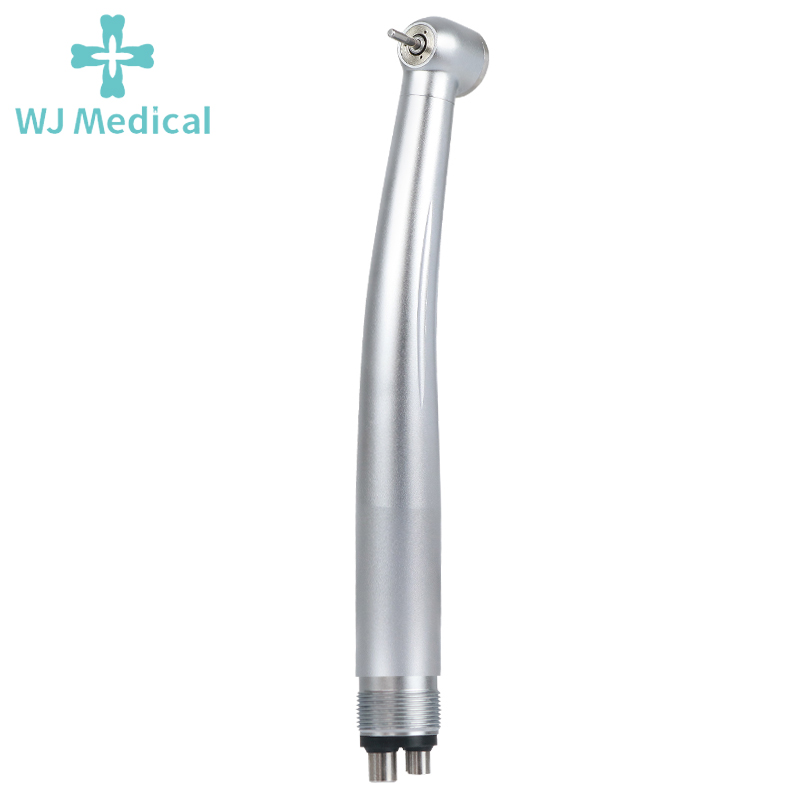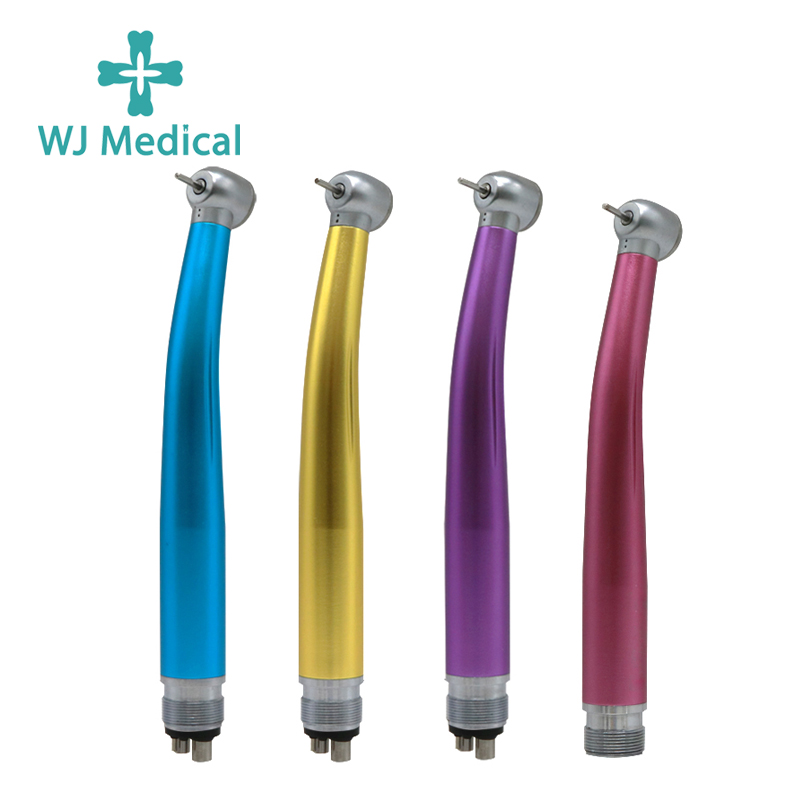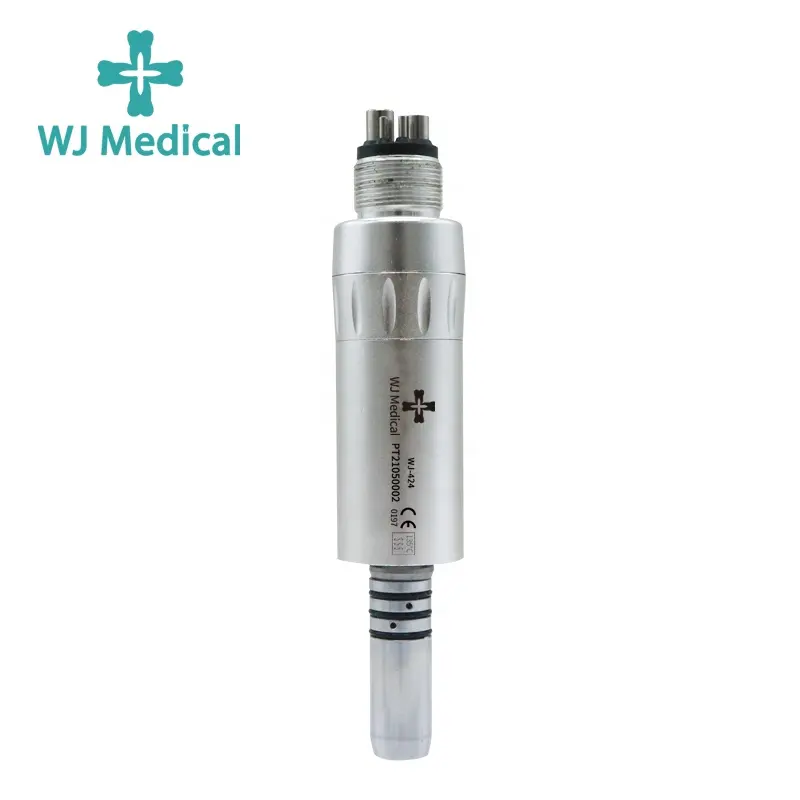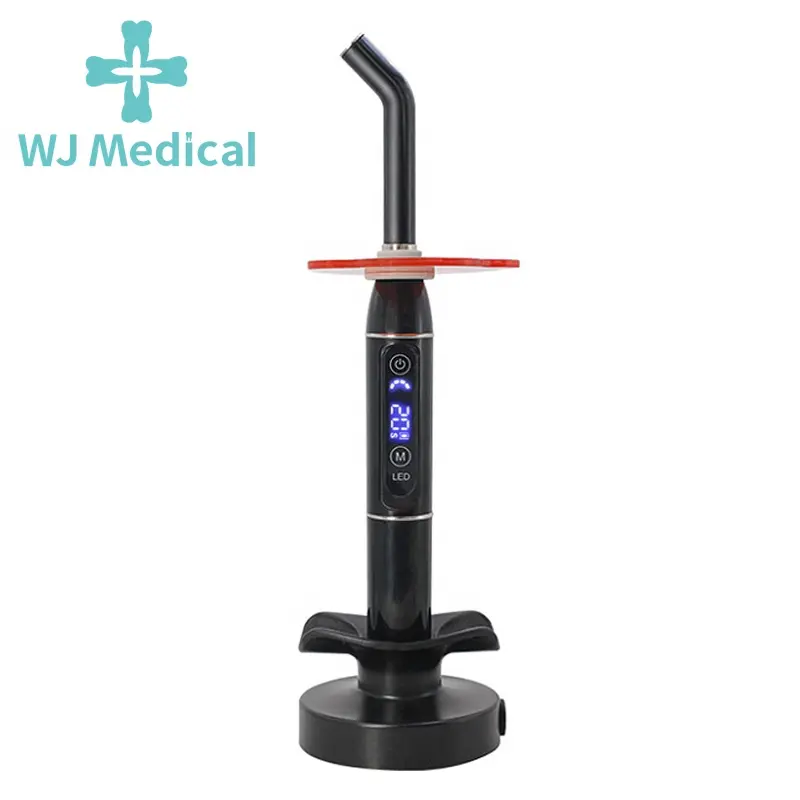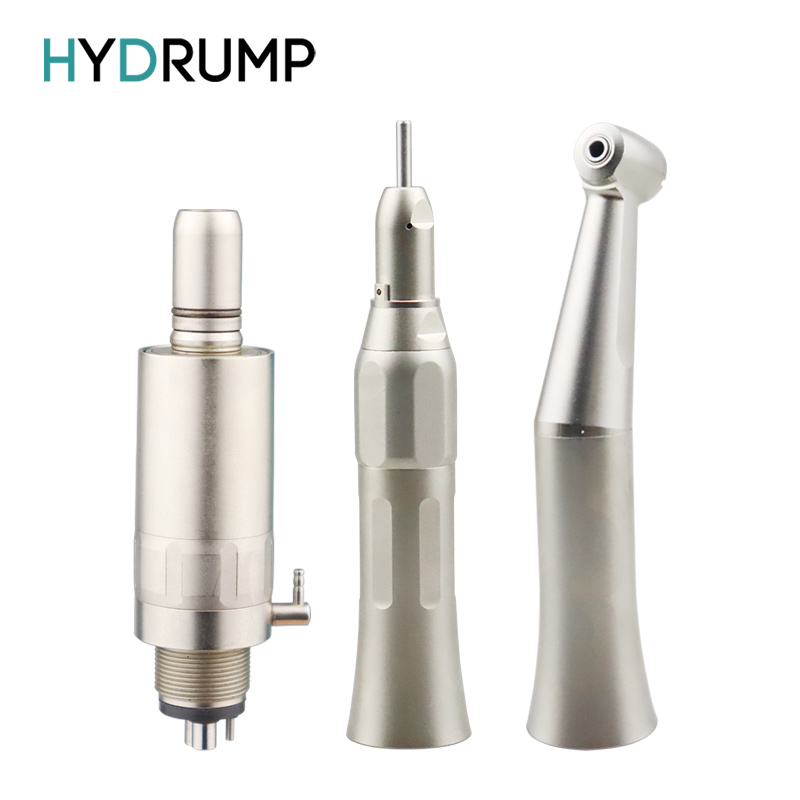What is the principle of dental hydrophilic instrument?
The principle of dental hydrophilic instruments is primarily based on photocatalysis, through which specific treatments are applied to render the implant surface hydrophilic. Below is a detailed explanation of the principle of dental hydrophilic instruments:
I. Photocatalysis Principle
Dental hydrophilic instruments typically utilize UV ultraviolet light with a wavelength of 172nm to irradiate oxygen molecules, initiating a series of chemical reactions. These reactions include the generation of ozone, which possesses potent cleaning ability (oxidizing power) and can remove hydrocarbons from the titanium metal surface. Once the hydrocarbons on the titanium surface are removed, unstable hydrogen atoms remain. When water molecules come into contact with these hydrogen atoms, they bond to form a hydrophilic surface.
Specifically, when UV light with a wavelength of 172nm exceeds a certain energy threshold, electrons are released from the titanium surface, creating oxygen vacancies. These oxygen vacancies further facilitate the removal of surface impurities and generate a microenvironment conducive to hydrophilicity.
II. Formation of Hydrophilic Surface
The surface of implants treated with dental hydrophilic instruments exhibits significantly enhanced hydrophilicity. This hydrophilic property allows the implant to rapidly integrate with surrounding tissues upon implantation, improving the stability of the dental implant. Specifically, the hydrophilic surface accelerates the adhesion of proteins and blood, thereby accelerating the production and binding of bone cells, and shortening the osseointegration time.
III. Applications and Advantages
Dental hydrophilic instruments have a wide range of applications and are suitable for implants of various brands and materials. Through treatment with hydrophilic instruments, the implant surface can achieve stable hydrophilicity, enhancing the success rate of dental implant surgery.
Its advantages are primarily reflected in the following aspects:
Promotion of Osseointegration: The hydrophilic surface accelerates the production and binding of bone cells, shortens osseointegration time, and improves the stability of dental implants.
Reduction of Healing Period: Hydrophilic implants typically have a shorter healing period, generally 3-4 weeks, compared to non-hydrophilic implants, which usually require 6-8 weeks.
Decreased Risk of Treatment Failure: Implants treated with hydrophilic instruments can rapidly integrate with surrounding tissues upon implantation, reducing the risk of treatment failure.
IV. Precautions
Although dental hydrophilic instruments are of great significance in dental implant surgery, their treatment is only one aspect of the surgery. The success of the surgery is influenced by multiple factors, including the material of the implant, the surgical procedure, and the patient's physical condition. Therefore, when using dental hydrophilic instruments, it is necessary to comprehensively consider various factors to ensure the success and safety of the surgery.
In summary, the principle of dental hydrophilic instruments is primarily based on photocatalysis, which enhances the stability and biocompatibility of implants by removing hydrocarbons from the titanium metal surface and generating a hydrophilic surface.
